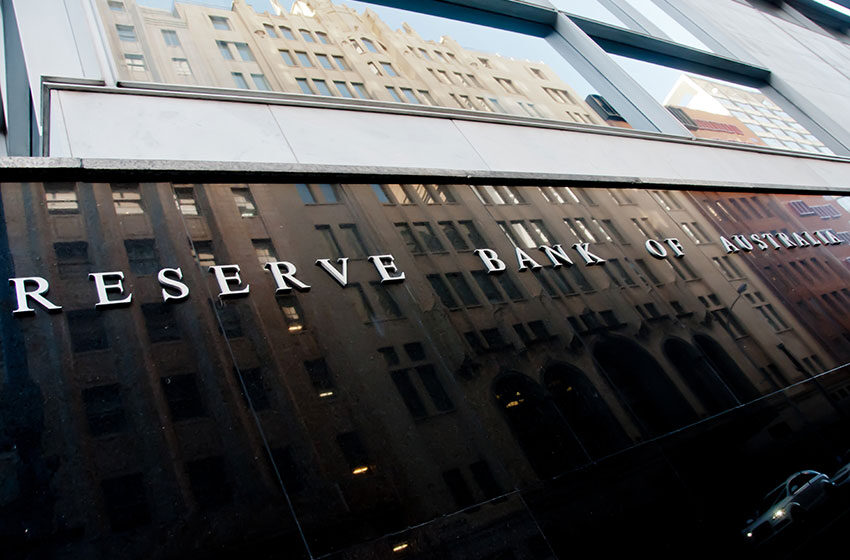Australia’s big banks are passing on all the interest rates hikes – but not the cuts.

Economic instability has never been as pronouncedly felt in recent times as it has been in the last few years. And one of the shining examples that come to mind relates to Australian Banks profiting from a period of rapid interest rate increases, wherein the margins have been increasing along with the share prices. However, at the same time, many people are encountering financial troubles, with the strain of increasing mortgage rates and inflation-fueled costs for food and electricity.
It is equally noteworthy to point out that although the banks have executed the process to pass on the nine rate increases from the Reserve Bank, starting in May last year, they did not pass all the cuts that preceded it.
Following a long period of stable rates, the RBA cut the official cash rate from 1.5 percent to 1.25 percent in June 2019. Furthermore, it executed five more cuts in the lead-up to and early months of the Covid-19 Pandemic; for instance, the RBA started cutting rates already at historic lows since the global financial crisis in mid-2019, and there were two more cuts in March 2020, due to the Pandemic.
Meanwhile, according to the data from the comparison website Canstar, ANZ was the only major retail bank that cut its variable home loan rate for the second time in March 2020. Although the bank facilitated this cut as a part of its Covid support package, it failed to pass on the full cut.
Meanwhile, the Australian Competition and Consumer Commission have initiated an inquiry that will analyse how banks set interest rates for savers. The inquiry is in response to the recent rate rises that have not been passed on in full to deposit accounts.
Furthermore, the data highlights that for loans, the big banks do not automatically pass on reductions during the time when the official rate has been cut, but they refrain from passing the increases.
So, the official cash rate presently stands at 1.85 percentage points above the pre-June 2019 levels. However, over that same period, the standard variable home loan rate provided by all four major banks has increased by more than two percentage points- as observed from the Canstar data.
The change in the standard variable rate at the Commonwealth Bank, which is the country’s largest lender, accounts to be more than half a percentage point higher than the cash rate over this time. And this has been united after it did not fully pass on five cuts across 2019 and 2020; one can see the following in the half-yearly cash profit record posted by the CBA.
On the other hand, the National Australia Bank has also recently highlighted a huge rise in quarterly profit. Both CBA and NAB have mentioned the rising interest rates as crucial in witnessing higher revenues. Both banks have been enjoying increases in their margins as the difference between the interest they earn on loans and the amount they pay depositors – captured by the net interest margin – has risen.







